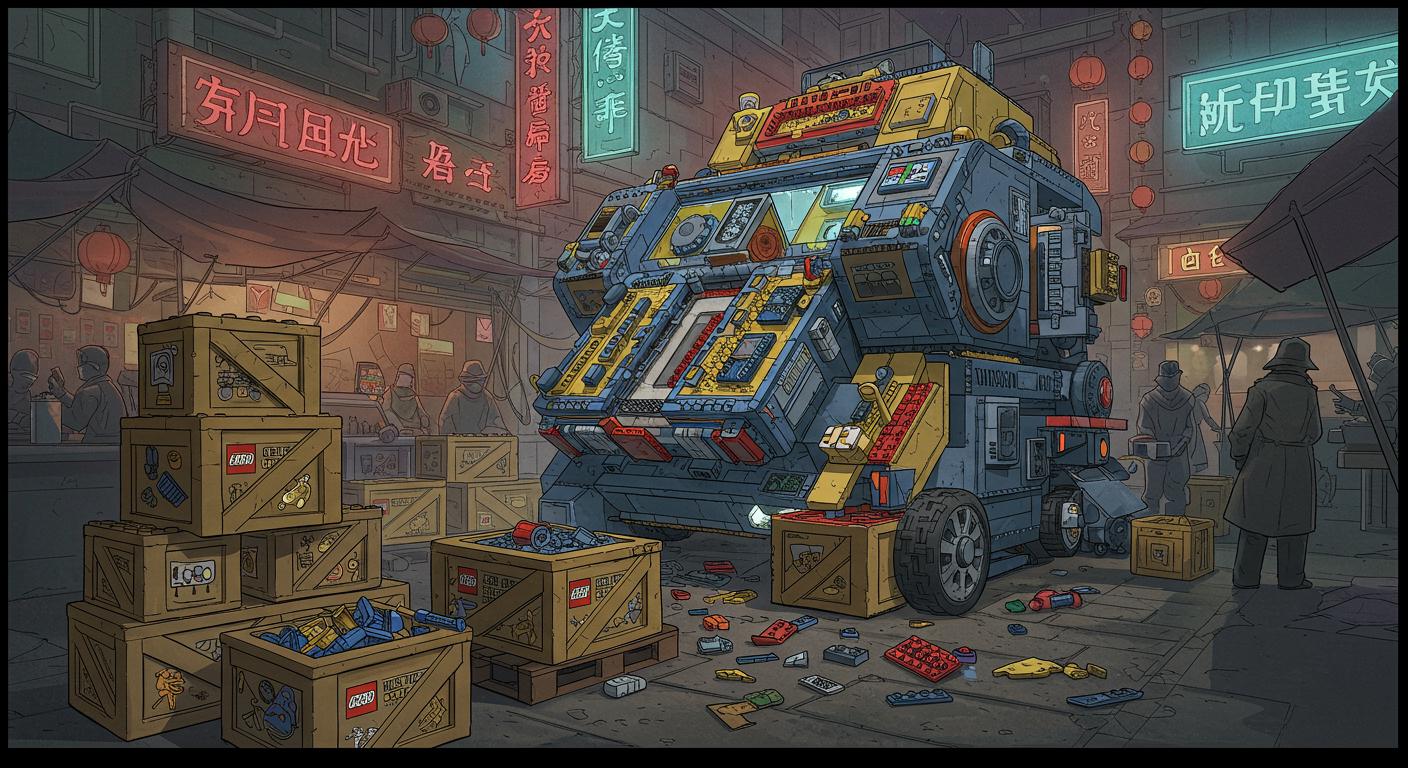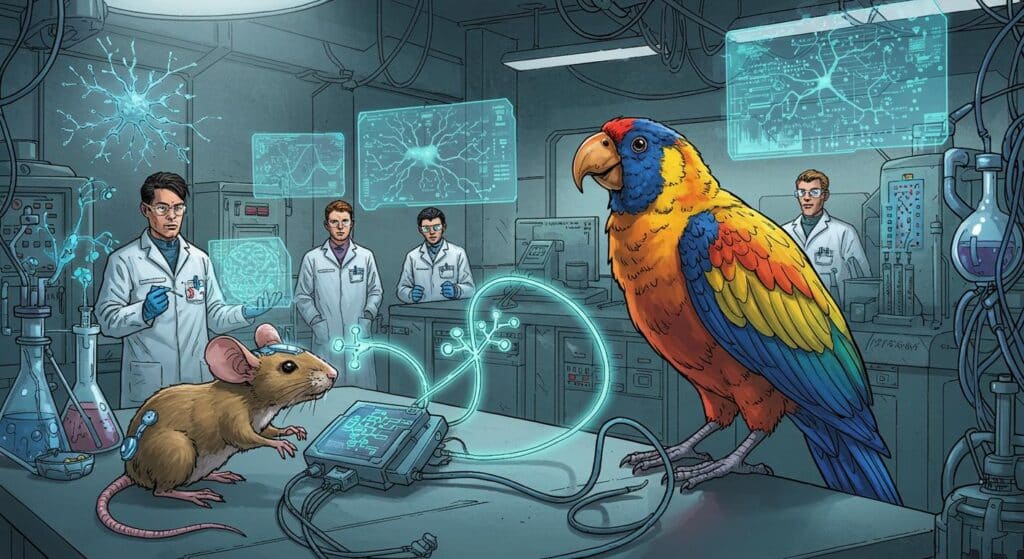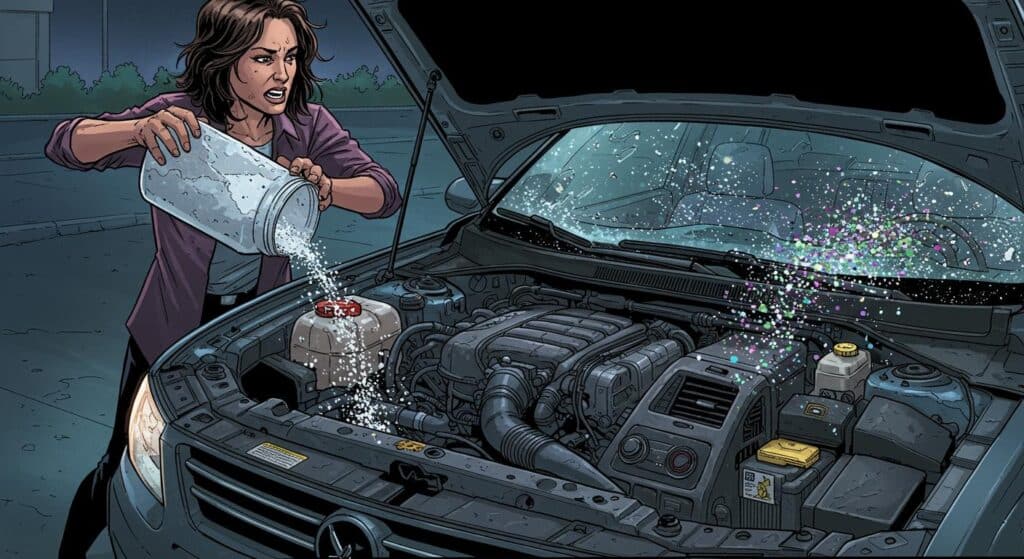There’s a certain beauty, I’ll admit, in the everyday collision between global technological intrigue and pure, unapologetic toy nerdery. Case in point: RTL reports that unauthorized LEGO-style replicas of ASML’s cutting-edge chipmaking machines—specifically, the hulking High-NA EUV models—have turned up on Chinese e-commerce platforms, apparently managing to sidestep layers of international export restrictions. While officials focus on preventing real machines from changing hands, someone is putting the whole espionage drama in miniature—brick by colorful brick.
Silicon Valley, But in Your Living Room (Sort Of)
ASML’s actual High-NA EUV lithography machine, as described in RTL, isn’t exactly a coffee table curiosity. The contraption reportedly weighs as much as two Airbus A320 jets and comes with a price tag around €350 million. In December 2024, Intel received the first working unit in Oregon, a symbolic moment that, as noted by RTL, dovetailed with ongoing global politics.
Adding a lighter twist, ASML created a limited-edition LEGO-inspired version of the massive machine, sold for €208 and strictly intended for employees as a novelty. According to RTL, not long after these were distributed, outside engineers started asking where they could score their own. ASML spokesperson Monique Mols addressed the demand playfully on LinkedIn: “The model is only intended as a fun item for employees,” she said, adding, “As Mick Jagger sings: You can’t always get what you want. And that can be good for the human soul.”
Bootleg Building Blocks and Broken Barriers
Yet, as RTL details, a few months after this limited release, unauthorized sets began popping up on Taobao, China’s sprawling online marketplace. Listings reviewed by the outlet show these kits being offered for about 2,000 yuan (€240). In a claim that raised some eyebrows, one seller alleged ASML itself provided both the components and the digital instructions, though company sources asserted to RTL that no such blueprints or materials were given to third parties in China.
While the stakes of this particular intellectual property leakage aren’t quite on par with smuggling the real deal, RTL’s reporting makes clear that fascination with restricted tech finds its outlet in places both expected and unexpected. The outlet notes that, although the Chinese government hasn’t been able to acquire actual High-NA EUV machinery—thanks to tight U.S. and Dutch export controls—anyone with the right online credentials can pick up a plastic echo, no background check required.
The Subtle Irony of a Blocky Replica
So what does it mean, really, when a global game of technological keep-away gets boiled down to a plastic desk ornament? Is there some cosmic joke here, with collectors and engineers on Taobao both audience and participants? RTL’s coverage places the story against a backdrop of rising tensions, ongoing U.S. efforts to extend restrictions to less-advanced DUV models, and a string of notable IP theft cases.
Summarizing several high-profile incidents, RTL recounts how in one case, a group of former Chinese ASML employees in the U.S. was convicted of stealing software and moving data to a rival company with operations in both the U.S. and China—a company, as stated by ASML and reported by RTL, that continued to promote potentially infringing products even after legal intervention. Another incident involved a Chinese employee who reportedly took trade secrets to Huawei after violating export laws. It seems fitting, then, that a LEGO set would become the low-stakes avatar of these much weightier disputes.
Reflection: Building Blocks of Tomorrow’s Scandals?
There’s something oddly endearing, if not outright absurd, about watching global controversy over strategic technology distilled into a handful of knockoff bricks. Based on RTL’s reporting, the bootleg kits offer no real technological insight—just a physical memento of a technology most buyers will never touch. Does the act of building a replica offer any deeper connection, or is it simply another reminder of how tech FOMO refuses to recognize borders?
One has to wonder if, somewhere in an office or living room, a would-be chip baron is admiring their plastic machine and imagining the future. As long as curiosity persists and global restrictions remain, it’s not hard to imagine even stranger souvenirs appearing—the next round of breakthroughs immortalized in block form, while the world’s real innovations are locked down behind layers of regulation and secrecy. As RTL’s coverage subtly illustrates, sometimes the greatest dramas play out not just in boardrooms or labs, but on e-commerce listings and living room shelves, rendered in plastic, accessible, and—ironically—impossible to contain.







